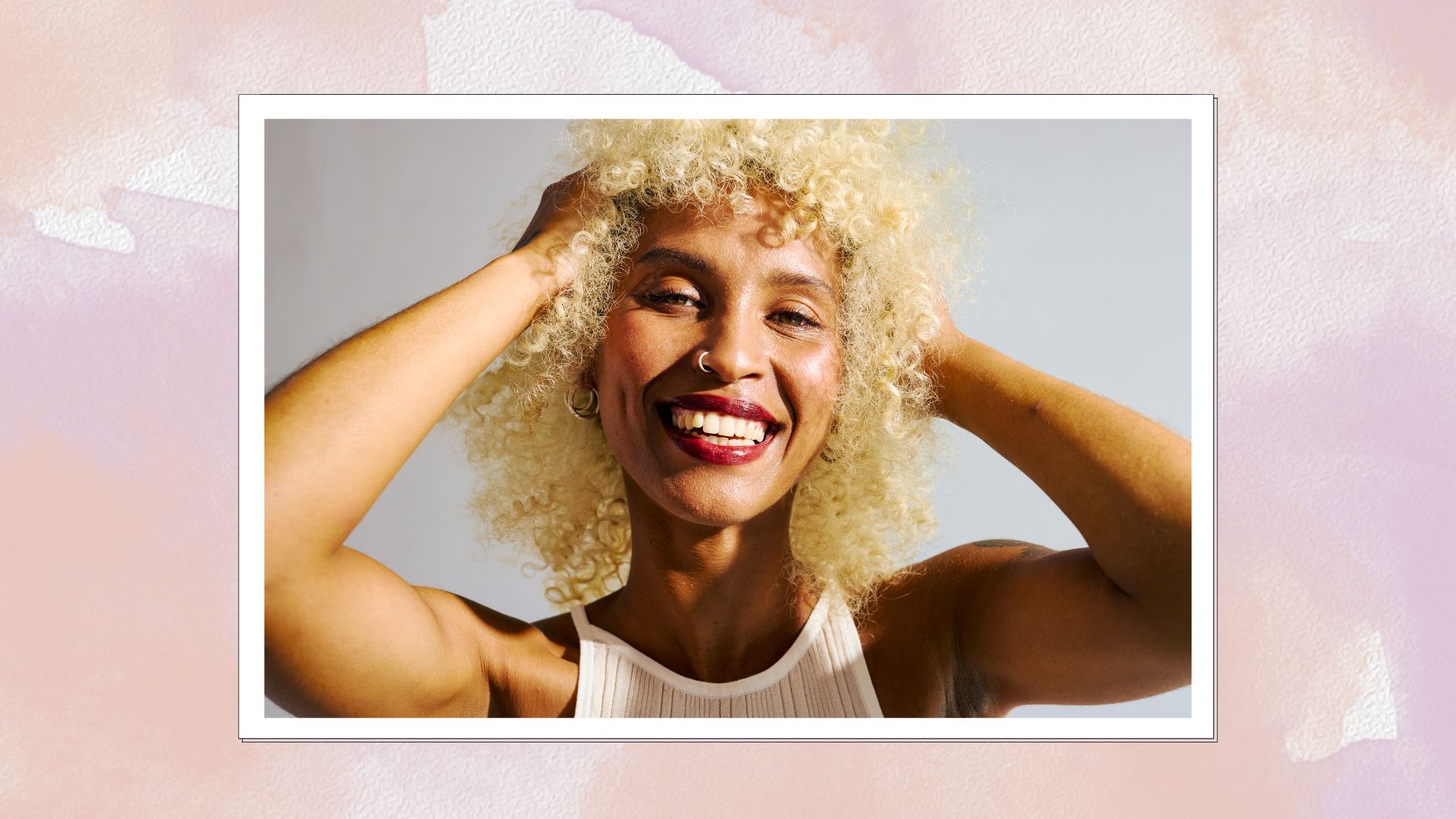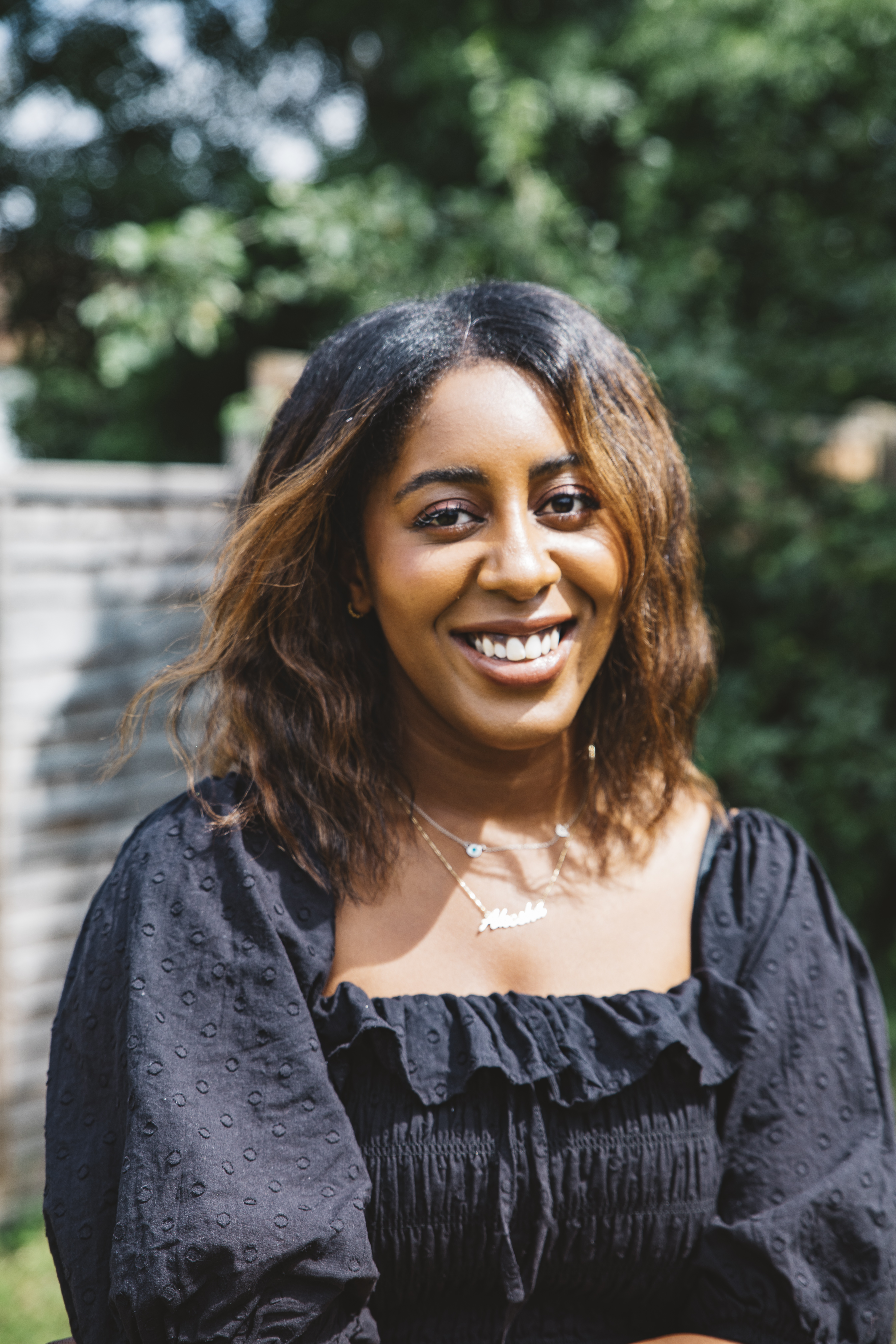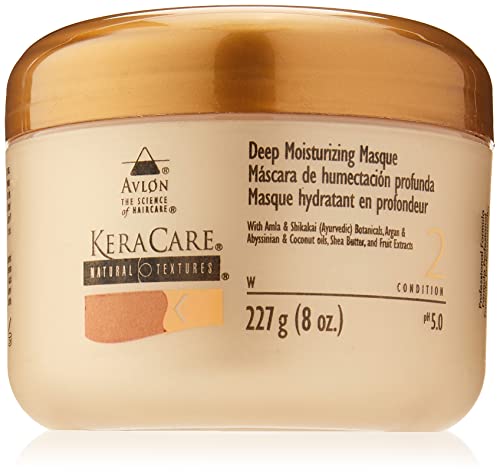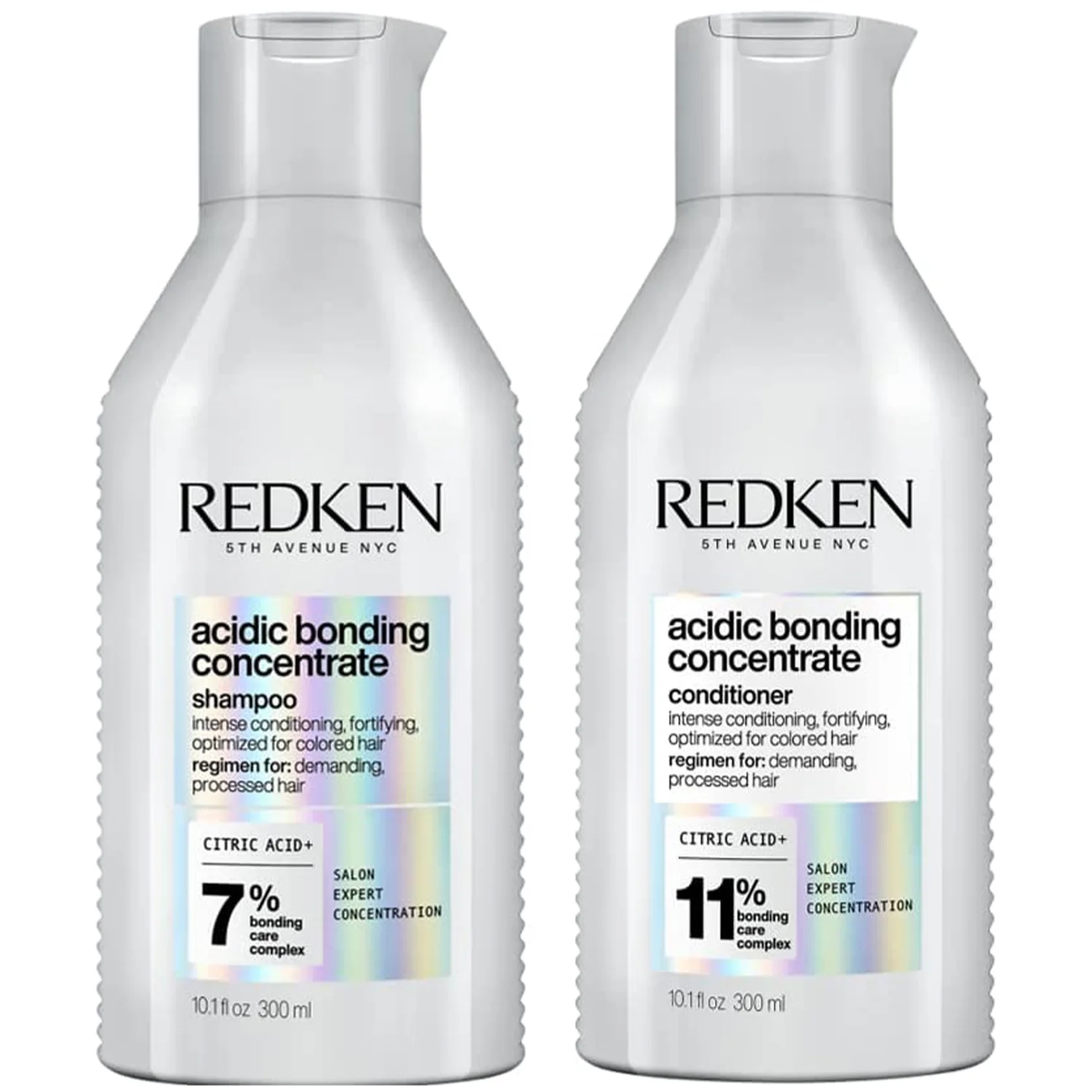What you should know before booking a colour appointment for Afro-textured hair
Keep your curls and coils healthy during colour processes with this beauty editor's guide


The first time I got my hair coloured, it was also relaxed and I was a teenager who knew nothing about looking after my hair. It broke and shed, and I shed many tears.
It was chemicals on top of chemicals, and I wasn’t equipped with any of the knowledge of how to care for Afro hair. When I decided I wanted to colour my hair in my twenties, my hair was no longer relaxed and I was so much more aware of exactly what I was doing to my hair, the potential damage that could occur and how to navigate it.
Because of this (alongside the fact I no longer relaxed my hair), I experienced way less breakage and beautiful colour for longer. Yes, Afro-textured hair is more fragile and can err on the drier side compared to other textures, but that doesn’t mean you can’t play with different hues and techniques, be it highlights or balayage. Here are the things you need to know before you colour Afro-textured hair.
1. Lightening your hair can affect its texture
When you lighten any hair texture, the chemicals from the lightener have to penetrate the strongest bonds of the hair to reach the melanin and strip it out. These bonds also make up our hair’s texture. So, while the chemicals used are different to those that are made to change hair texture, your texture can be affected in the process. If you aren’t lightening but are adding permanent colour, the process isn’t as chemically stripping, but it can still affect the quality of your texture.
If you are protective about your specific curl type or coil pattern, you should consider avoiding any permanent colour and instead think about hair glossing and wash-in wash-out colours, which are gentler on the hair and won’t affect the look of your coils and curls long-term.
As well as this, once change occurs to the hair’s structure, it can affect the porosity of the hair. “Colouring can be utilised to enhance the beauty and texture of curls and coils,” says Hannah Larden, Avlon educator, “but the hair's structure is more susceptible to moisture loss."

"After a colour service, it’s important to maintain a good aftercare routine and keep up with treatments,” says Larden. This deep-conditioning mask can help offset moisture loss from colouring.
2. Don't skip the consultation
So many people associate consultations with what the colour will look like and to assess the colour technique your stylist will use. But the consultation is also about the strand test. While you should be booking in for a patch test to check for allergies, a strand test should be done in or around your consultation to see how quickly your hair lifts and if it can even handle the chemicals.
Sign up for the woman&home newsletter
Sign up to our free daily email for the latest royal and entertainment news, interesting opinion, expert advice on styling and beauty trends, and no-nonsense guides to the health and wellness questions you want answered.
“When having a consultation with your hairstylist before any colour service, they will assess the current condition of your hair by testing the elasticity and porosity as these factors will play into the overall condition of the hair and also how well the hair will retain the colour and prevent fading,” notes Larden.
3. Upkeep is dependent on style and technique
“I think the upkeep of colour on textured hair is down to the client's desired results,” says Larden. “There are ways in which the application of colours can be tweaked with varying techniques to create a colour that suits your lifestyle.” This, again, should be discussed during your colour consultation.
“Colours can be low or high maintenance, depending on the application. For example, balayage or babylights are easy to maintain with no harsh regrowth. But a full head lightening or scalp colour needs lots of care, maintenance and root touch-ups.”
4. Maintain textured hair health after colour
“Aftercare is very important to upkeep after any colour services. Some of my top tips would be, firstly, incorporate deep conditioning treatments to help restore hydration into your hair,” says Larden. “Keep your hair well-moisturised using the best shampoo for Afro hair, correct conditioner, and leave in products that are tailored for your hair type.”
One of the things that helped me was incorporating a bonding system into wash day a couple of times a month. Colourists will add bonder into lightening services to retain the hair’s integrity, so you can always ask what brand they are using and purchase the at-home bond builder range.

If your colourist uses uses Redken colour, then opt for this Redken Acidic Bonding Concentrate range, it will be a great way of maintaining hair strength and elasticity at home.
You have to be mindful of styling choices, too. “Minimise heat styling, but always prioritise the use of thermal protection products when you do. These products form a barrier between your hair and the heat, helping to reduce the risk of damage.”
Aside from using the best heat protection sprays, Larden’s final tip is a hair health rule across the board, but still needs a mention as so many people avoid it and then suffer from breakage and split ends - “visit your stylist for regular trims in between colour services.”
Keeks is a London-based beauty writer and content creator. She has worked with titles including Cosmopolitan, VOGUE, Refinery29, Red, Elle, OK! and woman&home. While she has a well-rounded beauty obsession, her specialism is all things hair.
When she’s not testing the latest hair tool on camera or waxing lyrical about styling tips, you’ll find her re-watching old episodes of Real Housewives of Beverly Hills (or New York or Atlanta). She loves a social scroll as well as a romantic book, but nothing beats Sunday afternoon lunches with her friends and family. You can catch Keeks on all social platforms @keeksreid.